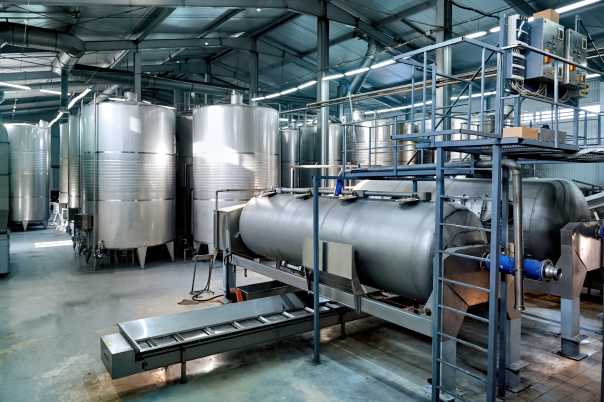652

Milk collection centers represent a critical element for the functioning of Romania’s dairy industry. At present, only half of the milk produced nationwide reaches processors, while the rest is consumed in households or sold on the informal market. The lack of modern collection centers limits the access of small and medium-sized farms to the formal market and reduces their bargaining power.
According to INS data, in 2024 approximately 1.6 million tons of milk were collected for processing—far below the real potential of over 3 million tons. Small farms, which account for more than 60% of dairy holdings, are the most affected by the lack of infrastructure. The average price of raw milk at the farm gate was 2.3 lei/liter, but for households without access to collection centers, the price obtained drops by 10–15%.
European programs provide funding for the construction and modernization of collection centers, but the implementation rate remains low. Experts emphasize that developing regional collection networks could double the amount of milk processed industrially and would bring benefits to both farmers and processors.
Without a clear strategy for collection centers, Romania’s dairy industry risks remaining fragmented and dependent on imports, despite its significant domestic resources.
(Photo: Freepik)




